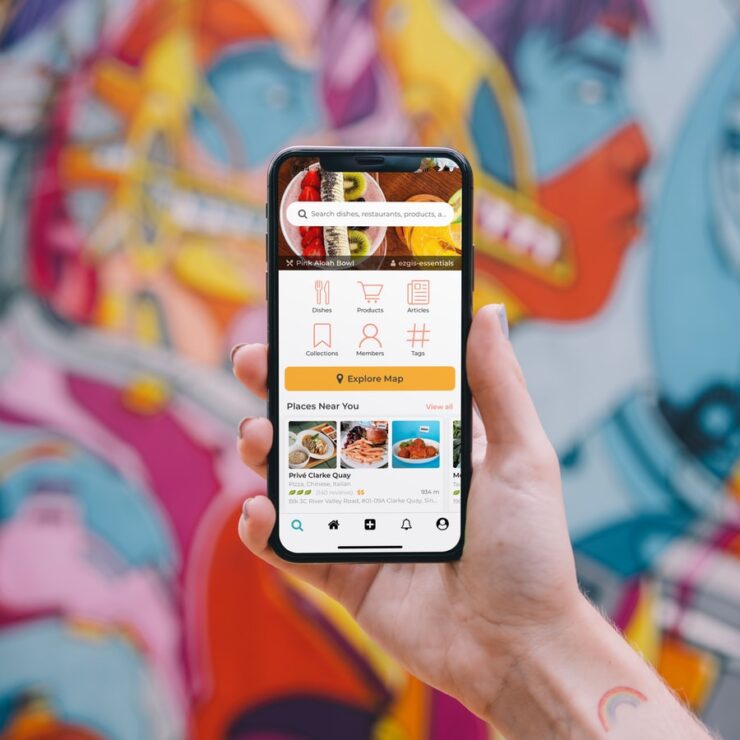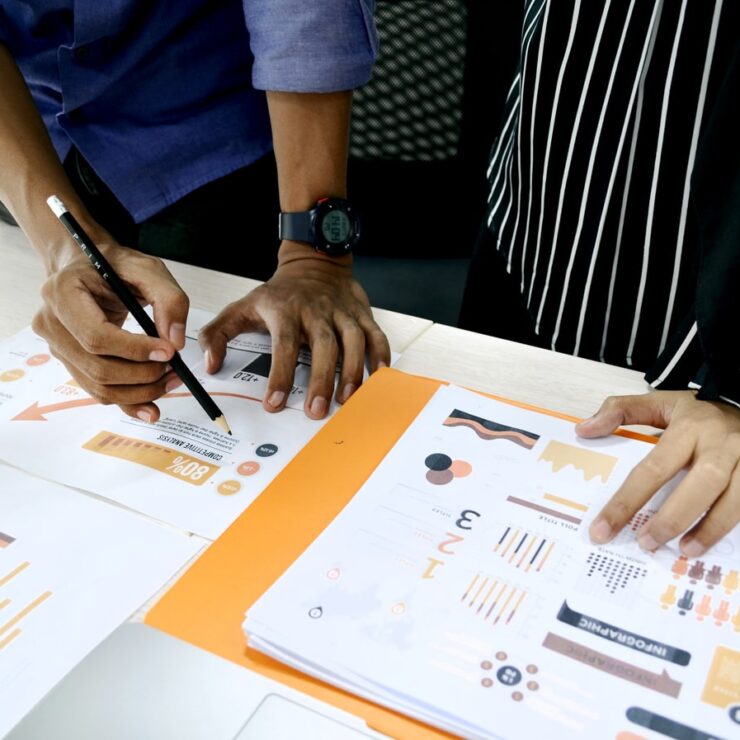A UX (User Experience) designer is a professional responsible for enhancing the overall experience that users have when interacting with a product, service, or system. The goal of a UX designer is to create user-centered designs that are easy to use, efficient, and enjoyable, ultimately leading to higher user satisfaction and engagement. Here are some key tasks and responsibilities of a UX designer:
-
User Research: UX designers conduct research to understand the needs, preferences, and behaviors of the target users. This involves methods like surveys, interviews, and usability testing to gather insights that inform the design process.
-
Creating Personas: Based on user research, UX designers develop personas – fictional representations of typical users – to help the design team understand and empathize with different user types.
-
Information Architecture: They organize the content and structure of the product, ensuring that information is logically grouped and easy to navigate. This often involves creating sitemaps and user flows.
-
Wireframing: UX designers create wireframes, which are basic, low-fidelity sketches or prototypes of the user interface. Wireframes focus on layout and functionality without getting into visual design details.
-
Prototyping: They develop interactive prototypes that allow stakeholders to experience the user journey and interactions before development begins. Prototypes can range from low-fidelity click-through models to high-fidelity interactive designs.
-
Usability Testing: UX designers conduct usability tests where real users interact with the prototypes or early versions of the product. This helps identify usability issues and gather feedback for iterative improvements.

-
Visual Design Collaboration: While UX designers focus on the user’s interactions and overall flow, they often collaborate with visual designers who specialize in creating the visual elements that make up the user interface.
-
Interaction Design: UX designers define how users will interact with the product, including the behavior of buttons, menus, forms, and other interactive elements.
-
Accessibility: They ensure that the design is inclusive and accessible to users with disabilities, following guidelines and standards for web accessibility.
-
Continuous Iteration: UX designers work iteratively, refining designs based on user feedback and testing results. This iterative approach allows for continuous improvement and refinement of the user experience.
-
Stakeholder Communication: They communicate design decisions and rationales to various stakeholders, including clients, developers, and product managers.
-
User Interface (UI) Guidelines: While UX designers are more focused on the overall user experience, they often provide guidelines and specifications for UI designers to ensure consistency in visual elements and interactions.
In essence, a UX designer bridges the gap between the user’s needs and the design of a product or service. They aim to create designs that are not only functional but also delightful and memorable, fostering positive user emotions and engagement.





